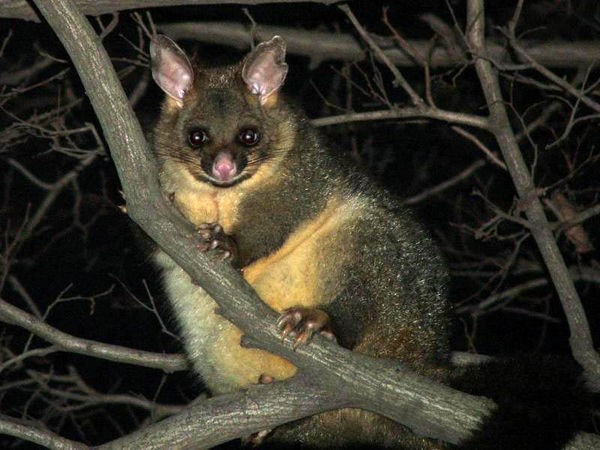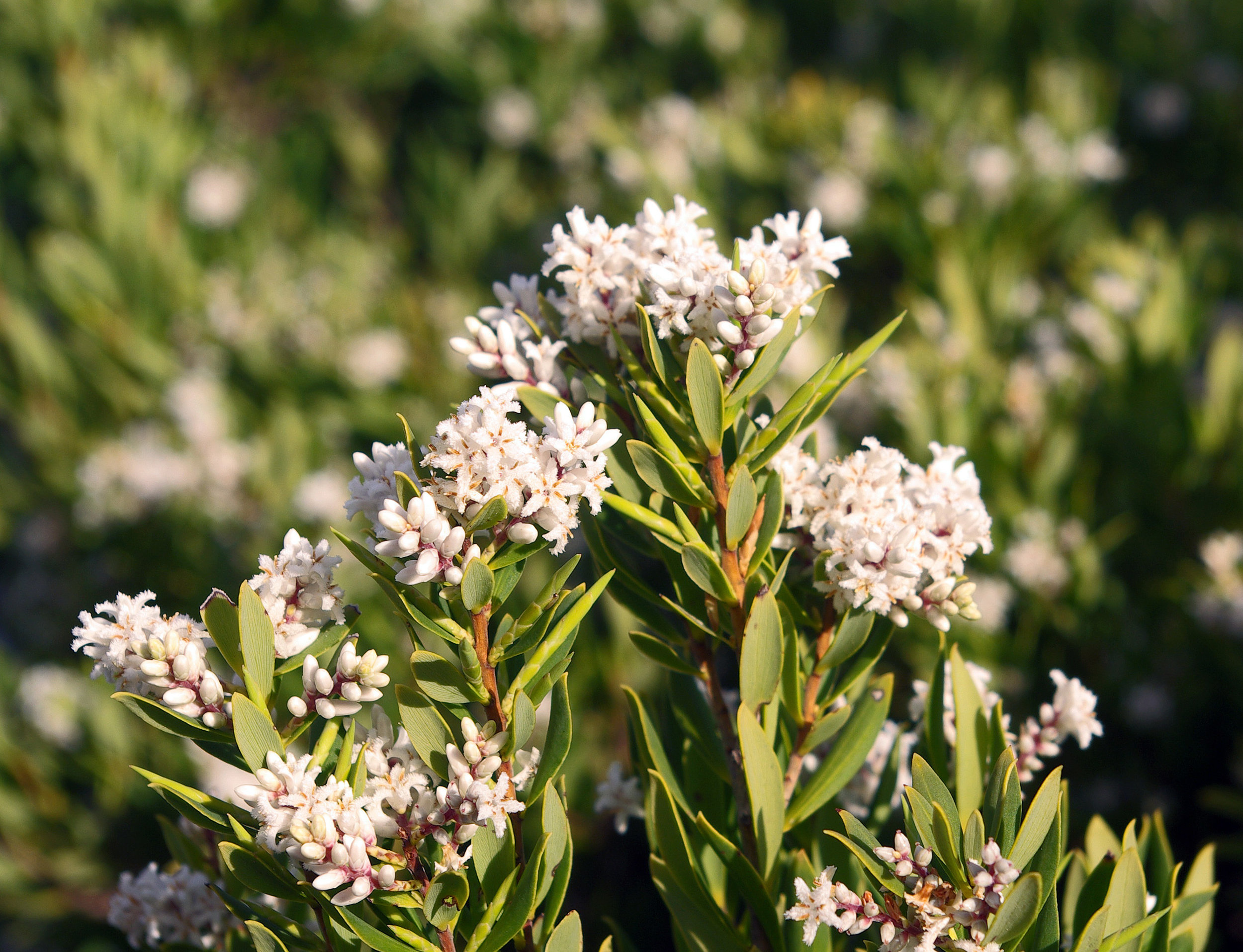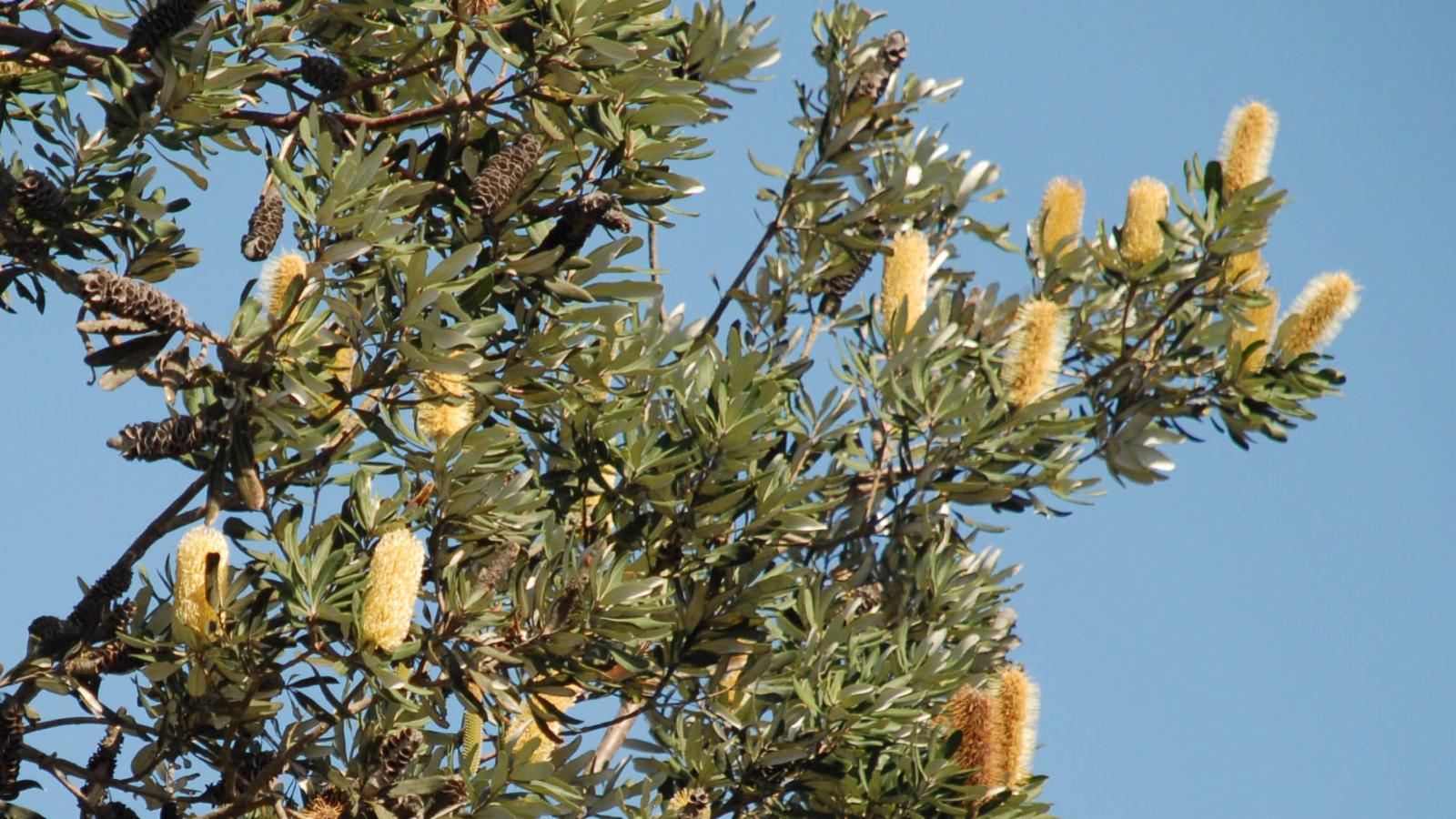Our Unique Environment
At Wynndean we are passionate about protecting our local and unique coastal environment.
Below is some information on some of the local flora and fauna in our park.
The Bush Rat vs Black Rat
Did you know that Wynndean has two types of rats that live here!
The first one (on the left) is a black rat. It is very fast with a long thick tail and pointy nose.
It is considered vermin and you are very lucky to see them because they are sneaky and so fast!
The Bush Rat is native and is much shyer. It is quite slow and lives in wooded areas such as Wynndean. It has a rounder body, short thin tail and rounded head. It eats with two paws!
Ringtail & Brushtail Possums
You will also find two types of possums in Wynndean. The Ringtail Possum is about 30/35cm in length (adult) with a beautiful long tail with a white tip on it. The Ringtail is an Australian marsupial. They are quite rare in urban areas and nest peacefully in the Tea Tree in Wynndean.
The Brushtail possum is much larger than the Ringtail and is also a native marsupial. It is nocturnal and is the most common of the possums.
Native Trees and Plants
At Wynndean we love to nurture the trees in the area. Common trees you may see growing include the Coastal Tea Tree, Leucopogon, Yellow Gum and Coastal Banskia. You may notice unusual Tea Tree props to support trees and we love to create sites accommodating the vegetation.
Some of these trees are well over 70 years old.
Please let the office know if you have any branches on or around your caravan or annexe which may be causing damage.
As always, please be reminded that no branches should be cut as we are under a vegetation overlay and require a permit to cut trees.
Should you wish to create privacy around your site or you are looking for some locally grown plants for your garden, please feel free to contact the office.
We have a small greenhouse with a selection of cuttings and plants available for you and we would love to help.
Vegetation Overlays at Wynndean
As you may be aware, Wynndean is governed by several vegetation overlays that control activities within the Park including tree trimming and use of paving and concrete. While all of the vegetation within the Park has been planted and nurtured by our family and team for over 75 years, we must adhere to the following in accordance to the overlays:
• Trees must not be trimmed, lopped or removed except in accordance with our approved Vegetation Management Plan
• Storm water (surface water) must be retained on site. This can only be achieved by restricting hard surface coverage (structures/pavers artificial grass etc), and providing strategic soakage pits. We do not have gutters along the roadsides to allow the water to runoff to the sides.
The whole area of Wynndean is sand that in places is over 11mt deep above the bedrock. The water table in areas is less than 6 ft below the surface. The trees in the area depend on this water table and the threat to the water table of recent Council works (New roads and gutters that take all surface water away to the River and Ocean) has already left a legacy of lost trees.
We all value our trees as part of the physical environment of Wynndean, (you may notice many trees around the Park are propped rather than removed) and although the last couple of years has provided above average rainfall, we know that there are dry years ahead. If the vegetation is to survive then we must be pro-active and ensure sufficient permeable surface throughout the Park to maintain the surface water that is the lifeblood of many of the trees. Likewise, these trees provide shelter for our guests and habitat for native birds and animals. Who has experienced being woken to the sound of a possum running across their roof!?
So with this information in mind, we kindly remind you to discuss any vegetation queries you have with us.
Pictures sourced from http://powo.science.kew.org/taxon/urn:lsid:ipni.org:names:703118-1, A J Brown and https://en.wikipedia.org/wiki/Leucopogon#/media/File:Leucopogon_parviflorus_3.jpg





